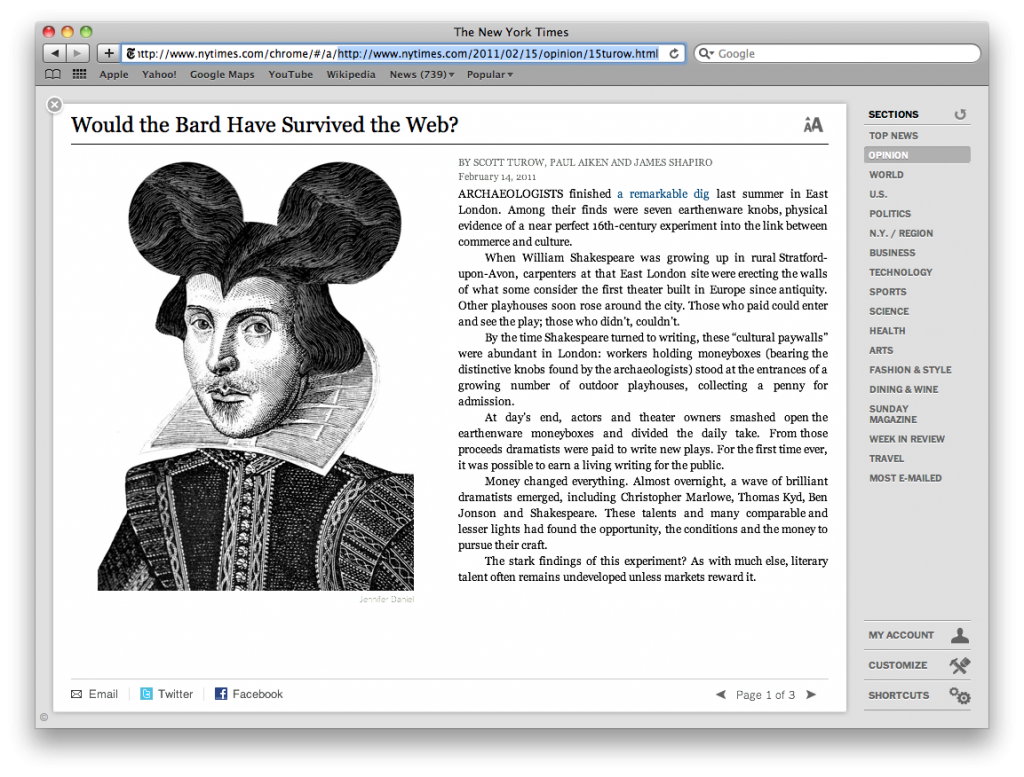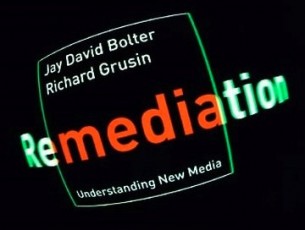Folks, we are 18 days away from the due date of WEJr, and things are starting to get crazy around the WhiteEyebrows household as we get ready for the big moment.
Kicking it all off, the nesting instinct decided to go into full gear on Monday. The lady in our birthing class had mentioned that your wife would become a “crazy lady” some time before the baby came – that getting ready would suddenly become an emergency. I just kind of laughed inside – “not A2 – she’s like the coolest lady on the planet.” Well, just like clockwork – she was right. The two emotions of “holy crap, this baby could come any time” and “holy crap, we’re totally not ready yet” hit at the same exact day – Monday.
Perfect — it was just in time to conflict with a work trip I had planned to California. To make a story short, the trip was cancelled and we’ve been working our cans off all week getting everything ready for WEJr to come so that we could try to alleviate the second half of the anxiety.
Also, it turned out as a nice marital learning moment. This is just one of those things you do; sometimes we have to pass up what the right/best thing to do is for what your spouse happens to need at that time. I am blessed to have one of the least needy, most independent spouses on the planet – so I don’t have to do this very often – so I wasn’t too hard to make an exception of what I needed to do for what she needed me for – as unrealistic and hormonal as that need was.
Plus, I informed her that I now have a huge chip to cash in at a later time… 🙂
So… back to that nesting list then…
Tonight I’ll be prepping the nursery for paint and tomorrow we’ll be painting.
There is some last minute shopping to be done – as well as this terrible concept of a “push present” that I now have to figure out. (Whoever gave A2 that “Hot Moms” book needs to be shot.) (I know, I know, it’s cute – but you all know that gift giving isn’t one of my “love languages”)
We’ve got all the bags packed, and are almost ready to go to the hospital at any time.
We’ve met with one pediatrician close by the house, and we’re meeting another near the hospital we’ll be delivering at. We like them both, so it will probably come down to what location we decide will be most convenient.
We posted an ad for a nanny on Care.com. We’ve had lots of responses but haven’t really earnestly started responding or interviewing. I’ve kind of felt like we could do that after the baby comes anyway – we will have 3 months to figure out exactly what we’re doing in that department. I guess we’re both still hoping that the perfect thing will just pop up – maybe someone we know and trust refers someone who we will feel comfortable with. We’ve basically ruled out using anyone from our family or Church congregation – because you have to be able to hire someone you can fire as well and I would hate for relationships to sour over it. So… we continue to look. We do have a backup plan, though, so not feeling too much anxiety over this.
As far as a status report on A2 – she has started battling the swelling in the last two weeks. Every night her feet and ankles are a mess – and every morning she can barely move her hands. We’re just elevating and keeping the fluids moving. She’s being a trooper, though, and a great unintended consequence is that she gets to wear jeans and tennis shoes to work every day now – Doctors orders!
For those who’ve been asking for a belly picture – I think she’s going to pass on that request. Sorry… 🙂 I will, however, post pictures of our painted nursery this weekend, though!
Oh – and one more thing. The Christmas tree is still on the floor of the living room. Just to see how long we can stand to leave it there… (so far I’m winning)




